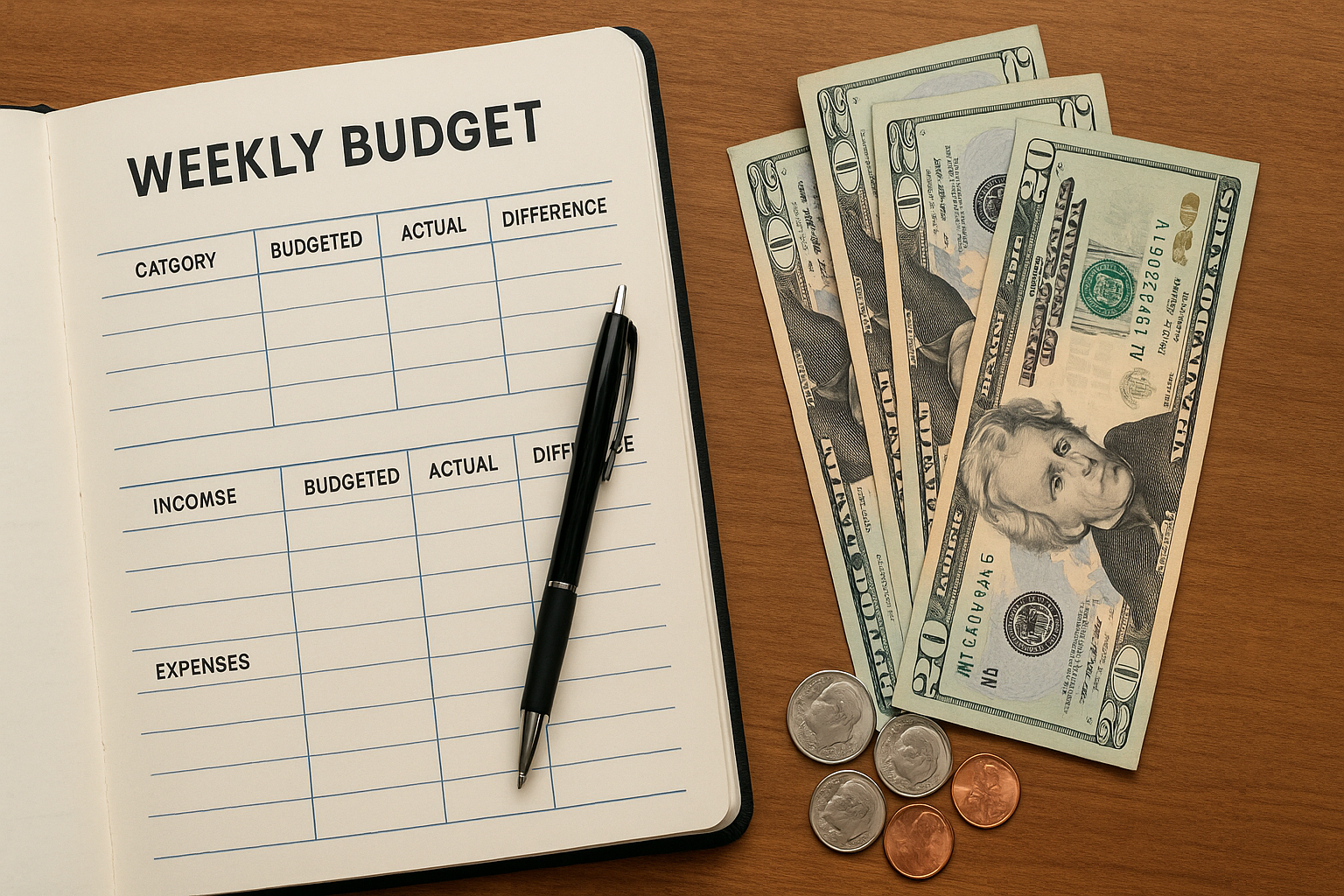10 Proven Ways to Slash Your Monthly Grocery Budget Without Sacrificing Quality
Monthly grocery budget concerns are at the top of many household conversations today. With food prices constantly fluctuating, finding ways to eat well without overspending has become a necessity rather than a choice. Whether you’re managing a family or living solo, trimming your grocery costs can significantly impact your overall budget.
In this guide, we’ll explore 10 proven strategies that will help you slash your monthly grocery budget without sacrificing food quality, nutrition, or your favorite ingredients.
1. Track Your Monthly Grocery Budget Closely
Understanding your current spending habits is the first step toward reducing your monthly grocery budget. Use apps like Mint or You Need a Budget to monitor every grocery purchase.
Pro Tip: Keep receipts for a month and categorize your spending—produce, meat, dairy, snacks, etc. This gives you a clear picture of where cuts can be made.
2. Plan Meals Ahead to Avoid Impulse Buying
Meal planning helps you stay in control of your monthly grocery budget. It reduces last-minute fast food runs and helps you only buy what you need.
How to start:
-
Plan for the week ahead every Sunday.
-
Base meals on what’s already in your pantry.
-
Incorporate one or two inexpensive “pantry dinners” like pasta, soup, or stir-fry.
Internal link: Check out our guide on 7 Pantry Meals That Save Time and Money
3. Shop with a List and Stick to It
Impulse buys are budget killers. Making a detailed grocery list based on your meal plan helps you stay disciplined.
Best practices:
-
Organize your list by store layout to avoid unnecessary aisles.
-
Use digital list apps like AnyList or Google Keep for convenience.
4. Buy in Bulk and Store Smartly
Buying in bulk is a classic tactic for lowering your monthly grocery budget, especially for non-perishables like rice, beans, or oats.
Tips for smart bulk buying:
-
Only buy bulk if you’ll use the product before it expires.
-
Invest in airtight containers and labels.
-
Freeze perishables like meat or bread to extend their shelf life.
External link: Bulk buying tips from USDA
5. Leverage Store Brands Over Name Brands
Store-brand products often offer the same quality as name brands at a fraction of the cost.
Real-world savings:
Swapping branded cereal for a store version can save you $2–$3 per box.
Bonus: Many store brands are now offering organic options, making it easier to stay healthy and budget-conscious.
6. Use Cashback and Coupon Apps
Coupons aren’t outdated—they’ve just gone digital. Cashback apps and digital coupons can put serious money back into your wallet.
Top-rated apps:
-
Ibotta – Earn cashback on groceries and household items.
-
Rakuten – Great for online grocery delivery services.
-
Fetch Rewards – Scan receipts to earn points you can redeem for gift cards.
Pro Tip: Stack digital coupons with in-store promotions for double savings.
7. Shop Seasonally and Locally
Seasonal produce is fresher, more nutritious, and often cheaper than off-season items.
Smart shopping tips:
-
Visit local farmers’ markets for the best deals.
-
Use seasonal produce guides like Seasonal Food Guide to know what’s in season.
Example: Zucchini and tomatoes are cheapest and most abundant in summer.
8. Cut Back on Pre-Packaged and Processed Foods
Convenience comes at a price—literally. Packaged salads, pre-cut fruit, and frozen meals cost significantly more per serving.
Switch to:
-
Whole fruits and vegetables
-
Dry beans over canned
-
Homemade snacks like granola bars or trail mix
These changes can lower your monthly grocery budget while boosting nutrition.
9. Limit Food Waste With Smart Storage Habits
The average American household wastes $1,500 worth of food annually. By improving storage habits, you can prevent spoilage and save big.
Tips to reduce food waste:
-
Use clear containers so you can see what’s inside.
-
Label leftovers with the date.
-
Follow the “first in, first out” rule in your fridge and pantry.
Internal link: How to Organize Your Pantry for Maximum Savings
10. Evaluate and Adjust Your Grocery Budget Regularly
Grocery prices change, so your budget should evolve too. Set a monthly review date to examine your spending and adjust as needed.
Checklist:
-
Did I stick to my list?
-
Did I use what I bought?
-
What categories went over budget?
-
How much did I save compared to last month?
Even a $50 reduction in your monthly grocery budget can amount to $600 per year—enough for a small vacation or emergency fund boost.
Final Thoughts
Slashing your monthly grocery budget doesn’t mean giving up nutritious meals or your favorite snacks. With strategic planning, smart shopping, and a bit of discipline, you can take full control of your food spending.
Small changes made consistently can lead to big savings over time. Start with just one or two of the tips above and build from there.




